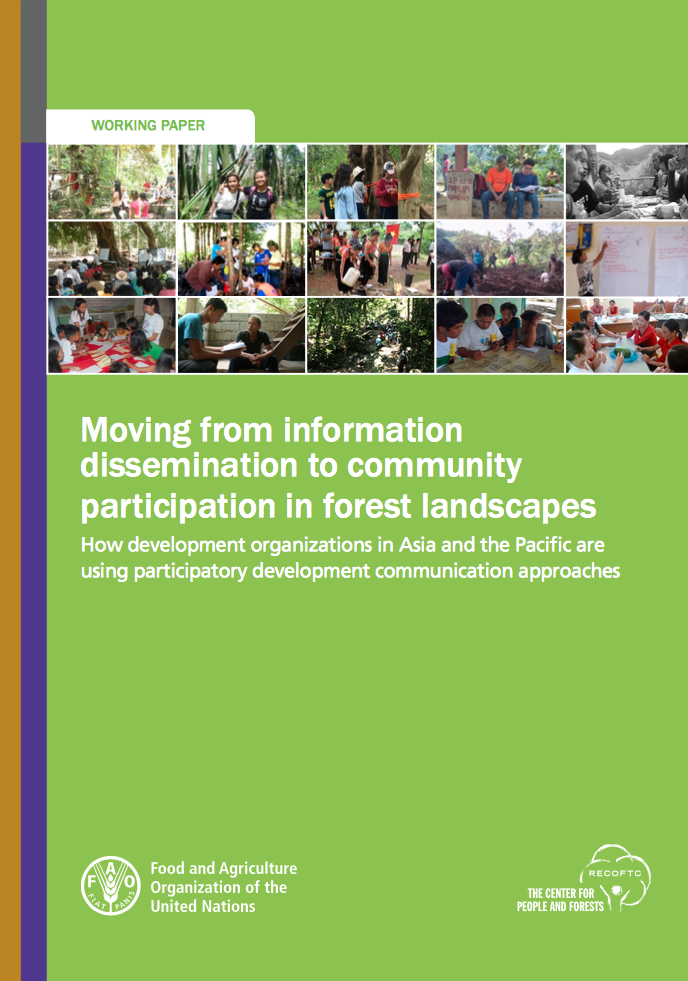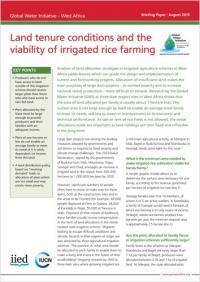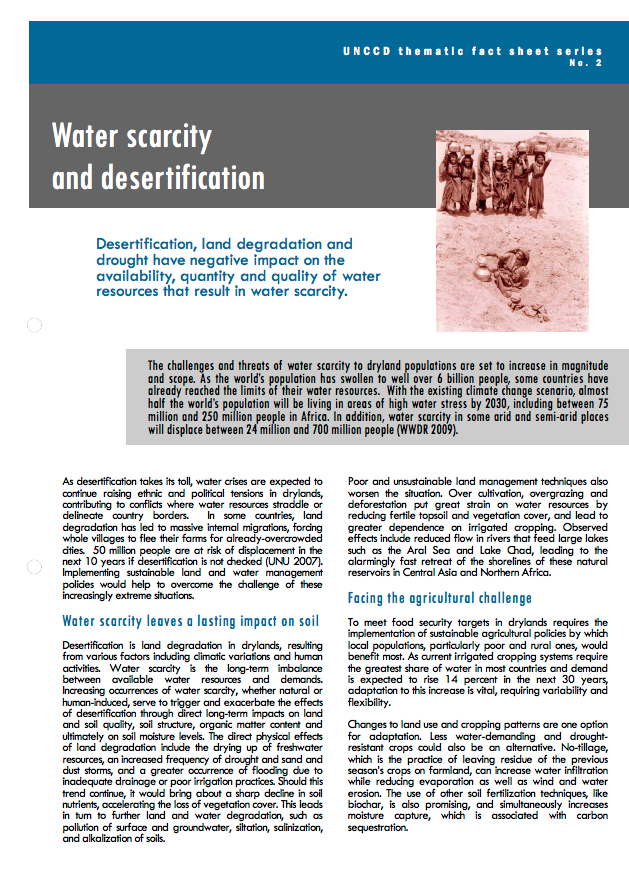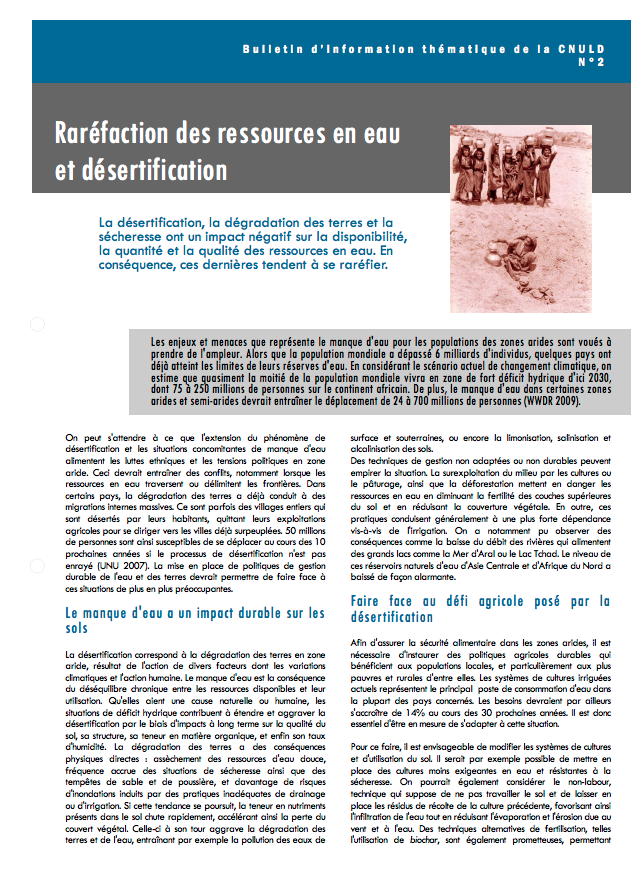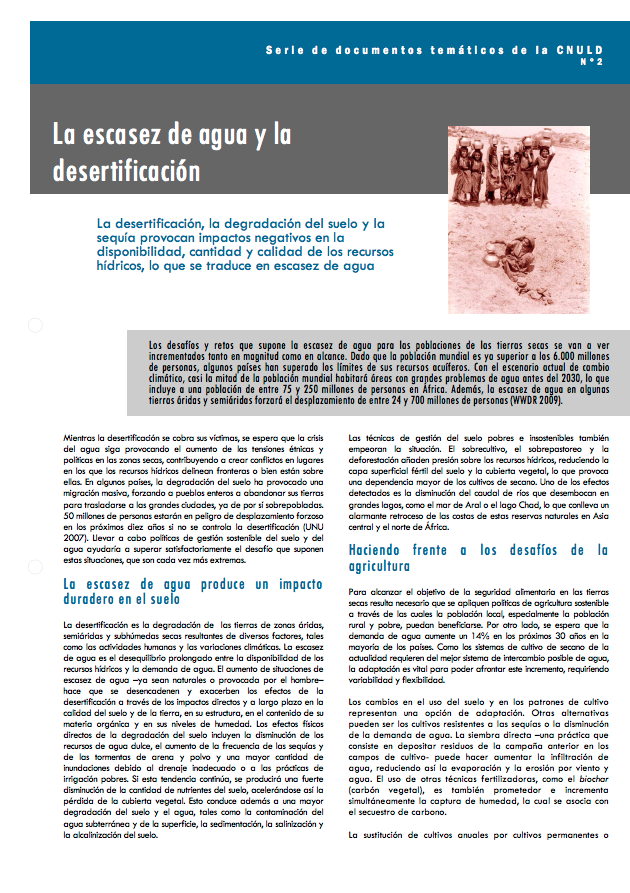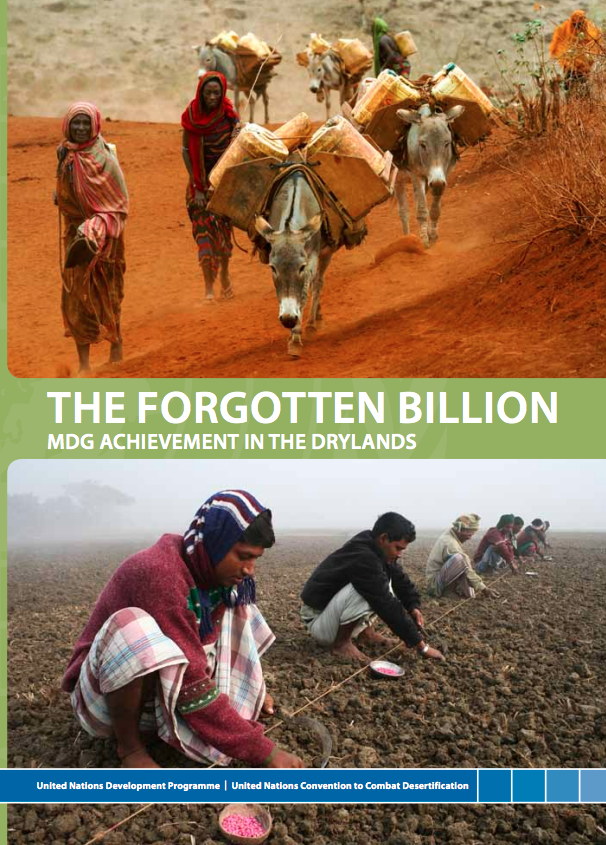développement rural
AGROVOC URI:
Categorising farming practices to design sustainable land-use management in mountain areas
In European mountain areas, shrub encroachment resulting from farmland abandonment is most often managed by mechanical operations such as roller chopping or controlled burning, which have proved to be ineffective and unsustainable. Recent agroecological findings highlight the potential impact of grazing on long-term shrub dynamics. We thus explored the potential contribution of livestock farms to the management of shrub encroachment.
Moving from information dissemination to community participation in forest landscapes
Traditionally, in the context of environment and natural resources management, many communication efforts have focused on the dissemination of technical information to end-users who were expected to adopt them. Development practitioners were trying to ‘push’ their products on communities in order to receive community commitment to their development initiatives.
Land tenure conditions and the viability of irrigated rice farming
Analysis of land allocation strategies in irrigated agriculture schemes in West Africa yields lessons which can guide the design and implementation of current and forthcoming projects. Allocation of insufficient land makes the main purposes of large dam projects – to combat poverty and to increase national cereal production – more difficult to achieve. Research by the Global Water Initiative (GWI) at three dam project sites in West Africa shows that the area of land allocated per family is usually about 1 hectare (ha).
Water scarcity and desertification
The challenges and threats of water scarcity to dryland populations are set to increase in magnitude and scope. As the world’s population has swollen to well over 6 billion people, some countries have already reached the limits of their water resources. With the existing climate change scenario, almost half the world’s population will be living in areas of high water stress by 2030, including between 75 million and 250 million people in Africa. In addition, water scarcity in some arid and semi-arid places will displace between 24 million and 700 million people (WWDR 2009).
Raréfaction des ressources en eau et désertification
Les enjeux et menaces que représente le manque d'eau pour les populations des zones arides sont voués à prendre de l'ampleur. Alors que la population mondiale a dépassé 6 milliards d'individus, quelques pays ont déjà atteint les limites de leurs réserves d'eau. En considérant le scénario actuel de changement climatique, on estime que quasiment la moitié de la population mondiale vivra en zone de fort déficit hydrique d'ici 2030, dont 75 à 250 millions de personnes sur le continent africain.
La escasez de agua y la desertificación
Los desafíos y retos que supone la escasez de agua para las poblaciones de las tierras secas se van a ver incrementados tanto en magnitud como en alcance. Dado que la población mundial es ya superior a los 6.000 millones de personas, algunos países han superado los límites de sus recursos acuíferos. Con el escenario actual de cambio climático, casi la mitad de la población mundial habitará áreas con grandes problemas de agua antes del 2030, lo que incluye a una población de entre 75 y 250 millones de personas en África.
The Forgotten Billion: MDG achievement in the Drylands
As the world reviews its progress in tackling global poverty and achieving the Millennium Development Goals (MDGs), drylands can no longer be ignored. Drylands account for more than a third of the world’s land surface and more than 2 billion of its people. Yet for too long, drylands and their inhabitants have been neglected in development processes.
A new agenda for forest conservation and poverty alleviation: making markets work for low-income producers
Community based forestry has the potential to contribute much more to achieving sustainable development and poverty reduction than is the case today. This paper describes and analyzes these potentials and demonstrates their feasibility with real world cases of community forest businesses and innovative policies and business partnerships.
Adil gender: mengungkap realitas perempuan Jambi
In recent years, the term ‘gender’ has become a hot discussion topic in various forums and media. Many development sectors require gender analysis as a component of a program’s implementation. However, even today, many people still equate gender with sex or even, as a narrower definition, with women. This is particularly true in regions, where gender has not yet commonly been discussed, such as Bungo and Tanjung Jabung Barat (Tanjabbar) districts, Jambi.
Are community aspirations being accommodated in development plans?: a lesson from collective action in Jambi
The brief describes development planning consultations, locally known as musrenbang, conducted in stages through different levels of governance: village, sub-district and district. The brief then documents lessons from experience catalyzing collective action among local community goups (in particular women’s groups) to engage in this development process and to help articulate the women’s aspirations in such a way that they could be heard by district decision makers.


